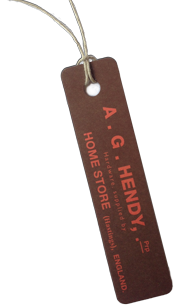The Kitchen / Petworth House

“It’s as if the housekeepers, stewards, kitchen-maids, footmen, under-butlers and chef have had the day off…the kitchen copper gleams, jellies are lined up in the dairy, with rolling pins and floured boards at the ready.”

Petworth House is a late 17th-century Grade I listed country house in the parish of Petworth, West Sussex, England and was handed over to the National Trust in 1947; yet the kitchens were only recently opened to the public in 1995, and they are of outstanding Victorian utilitarian beauty. Exceptional in fact. Never mind the house’s Turner collection and the grand designs of the state rooms and all their finery, lovely as they are, it’s the kitchens we went to see. The below stairs.


Dating from the mid 18th century, and refitted in 1872 after a fire, the house’s extensive kitchens and staff quarters were rehoused in a separate building to the main house – yet still linked, by an underground servants’ tunnel. And everything is still there, it’s as if the housekeepers, stewards, housemaids, kitchen-maids, footmen, under-butlers and chef have had the day off…the kitchen copper gleams, jellies are lined up in the dairy, with rolling pins and floured boards at the ready.

In its late nineteenth century heyday, the kitchen produced up to 100 meals a day. Staffed by a chef, three kitchen maids and a scullery man. Only kitchen staff entered the kitchen – footmen were handed trays of food through a hatch. China was also passed through a hatch into the China Room. Everyone and everything had its place, in order that it ran like clockwork.

The kitchen operated like a production line. Food and other goods were delivered to the north door of the Servant’s Quarters, and these were then stored and processed in the larders, dairies and other service rooms before being finally prepared in the kitchen. Vegetables were delivered straight from the garden, by boy and wheelbarrow, and once a week the head gardener would come up to the kitchens to discuss with the chef what was available.

The roast-resting cabinet, known as a hastener, acted as a heat shield from the enormous roasting hearth and range, and was used to keep cooked food warm and to heat plates. By the 1920s the range was only used at Christmas, as it was fiercely hot work and new gas cookers had arrived.

Keeping time over all is the tavern clock, that dates to the mid eighteenth century.

Get The Look / tap here for below-stairs vintage wooden spoons and similar items to those found at Petworth House.





